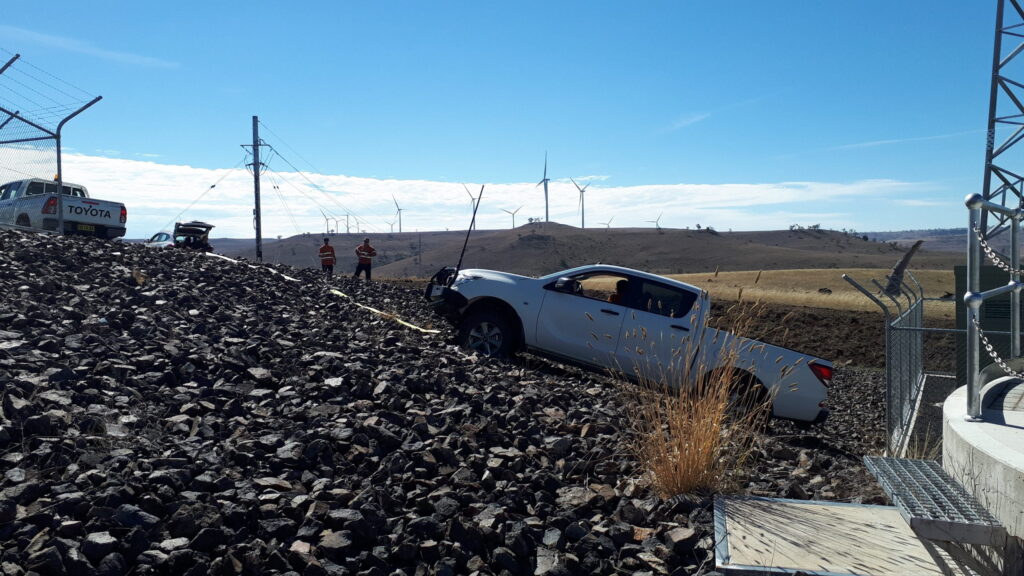Menu
- Home
- Courses
- 4WD Training
- PMASUP236 Operate vehicles in the field (incl. RIIVEH305F and RIIVEH201E)
- RIIVEH305F Operate and maintain a 4WD vehicle
- TLIC0023 Operate four wheel drive vehicle
- FWPCOT3325 Operate four wheel drive vehicle on unsealed roads
- FWPCOT3326 Recover four wheel drive vehicle
- FWPCOT3328 Operate four wheel drive vehicle in a towing situation
- FWPCOT3329 Perform complex four wheel drive operations
- RIIVEH201E Operate a light vehicle
- TLIC0031 Apply low risk car driving behaviours
- AURTGA001 Drive and manoeuvre trailers
- TLID0015 Load and unload goods/cargo
- AHCMOM216 Operate side by side utility vehicles
- AHCMOM217 Operate quad bike
- 4WD Training
- Locations
- About Us
- Blog
- Contact





